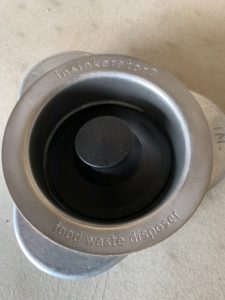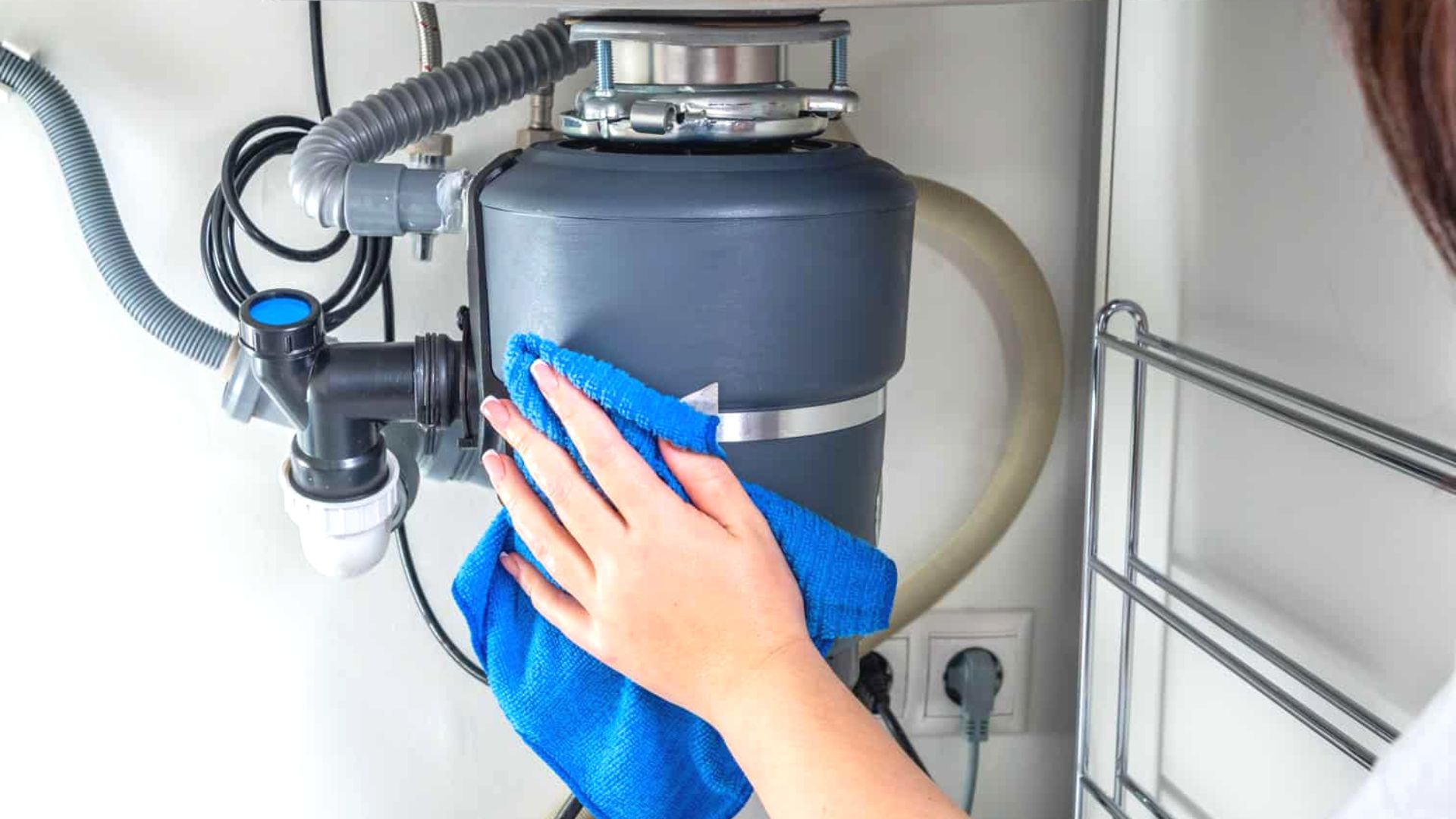Rapid Solutions for Fixing a Dripping Waste Disposal Unit
Rapid Solutions for Fixing a Dripping Waste Disposal Unit
Blog Article
Just how do you actually feel with regards to Garbage Disposal Leaking From Bottom?

Waste disposal unit are necessary kitchen area appliances that assist in disposing of food waste effectively. Nevertheless, a dripping waste disposal unit can be a frustrating and messy issue to take care of. Thankfully, numerous leaks can be taken care of quickly with a couple of basic steps. In this short article, we will talk about how to take care of a dripping garbage disposal efficiently.
Introduction
Waste disposal unit are mounted under kitchen area sinks and are developed to shred food waste into smaller sized pieces, allowing it to pass through the pipes system quickly. While these devices are normally reputable, leaks can take place in time as a result of deterioration, loosened connections, or damages to the unit.
Typical Causes of Leaks in Waste Disposals
Worn Seals and Gaskets
Seals and gaskets play a vital role in stopping water from dripping out of the waste disposal unit. With time, these components can degrade, bring about leaks around the disposal system.
Loose Links
The links in between the garbage disposal and the plumbing system can end up being loosened over time, causing water to leak out during operation.
Fractures or Openings in the Disposal System
Physical damages to the garbage disposal, such as splits or holes in the housing, can additionally cause leaks.
Determining the Resource of the Leakage
Prior to trying to fix a leaking garbage disposal, it is important to determine the source of the leak. This can usually be done with visual examination or by carrying out basic tests.
Visual Examination
Check the garbage disposal device very carefully for any type of indicators of water leakage. Pay close attention to locations around seals, gaskets, and connection factors.
Evaluating for Leakages
One method to examine for leaks is by running water via the disposal unit and looking for any kind of noticeable signs of leak.
Devices and Materials Needed for Taking Care Of a Dripping Garbage Disposal
Before starting the repair procedure, collect the necessary tools and products, consisting of a screwdriver, flexible wrench, plumbing's putty, replacement seals or gaskets, and epoxy or patching material for fixing fractures or openings.
Step-by-Step Guide to Repairing a Leaking Garbage Disposal
Shut off the Power
Before attempting any repair work, guarantee that the power to the garbage disposal unit is shut off to avoid the danger of electric shock.
Situate the Leakage
Determine the precise location of the leakage and establish the cause.
Tighten Connections
Use a wrench to tighten any type of loosened connections between the disposal device and the pipes system.
Change Seals or Gaskets
If the leak is due to worn seals or gaskets, get rid of the old parts and replace them with new ones.
Patching Fractures or Holes
For fractures or holes in the disposal system, usage epoxy or an ideal patching material to secure the damaged location.
Testing the Waste Disposal Unit After Repair
When the fixing is complete, check the garbage disposal by running water via it to ensure that the leak has been settled.
Preventive Maintenance Tips to Avoid Future Leaks
To avoid future leakages, it is necessary to do routine upkeep on your waste disposal unit. This consists of maintaining it tidy, staying clear of placing non-food things or hard objects down the disposal, and periodically checking for leakages or various other concerns.
Verdict
Finally, dealing with a dripping garbage disposal is a fairly simple process that can be finished with standard tools and materials. By adhering to the actions described in this article and practicing preventive upkeep, you can keep your waste disposal unit in good working condition and avoid expensive repair work in the future.
What to Do About a Leaking Garbage Disposal
A leaking garbage disposal often goes unnoticed until you confront a sopping cabinet, a foul-smelling puddle, or an audible drip-drip-drip from the unit. The fix can be frustrating, too, because the leak can stem from a number of components in the system. Fortunately, with a little sleuthing, you can zero in on the leak and—depending on the exact location—stop the icky oozing and repair the component that caused it. Worst case scenario, if it turns out that the garbage disposal must be replaced, installing a new one is a reasonable do-it-yourself task for those with basic plumbing skills. Read on to keep the cash you’d otherwise hand over to a pro.
Prepare to find the leak
Prior to testing the garbage disposal for leaks, unplug it at the wall outlet and turn off the power from the breaker box to prevent electrical shock. Then insert a watertight sink stopper into your sink drain and wipe the unit dry with a clean cloth. In any handy container, mix a few drops of food coloring into a few cups of water, and pour the dyed water onto the sink stopper to help you locate the leak.
Investigate the source
the top, where the disposal meets the sink drain the side, where the dishwasher hose or main drain pipe connects to the disposal or the bottom of the unit Inspect each of these locations while gliding a light-colored rag over the unit; the dyed water will readily show on the rag and reveal the location of the leak. If a leak isn’t immediately apparent, remove the sink stopper and pour a few more cups of dyed water down the sink drain, then check for leaks again. Leaks near the top of the unit are more likely to show themselves while the sink is plugged, while side and bottom leaks are more noticeable while the sink is unplugged.
The metal sink flange that sits directly inside the sink drain is typically sealed around the top with plumber’s putty (a clay-like sealant) and then secured from under the sink with bolts. If the plumber’s putty deteriorates, or the bolts loosen, the flange can no longer form a watertight seal between the sink drain and the disposal—which could cause a leak at the top of the unit.
To reseal the leaky flange, you must first detach the garbage disposal. Start by loosening the screws securing the main drain pipe to the disposal, then loosen the screws in the metal clamp securing the dishwasher hose to the disposal and detach the drain pipe and dishwasher hose from the disposal. Loosen the screws in the mounting ring that connects the disposal to the metal mounting assembly beneath the sink, then pull down the disposal and carefully set it on a clean, dry surface. Loosen the bolts in the mounting assembly with a wrench, then pull down the mounting assembly and set it near the disposal.

We had been shown that editorial about Why Is My Garbage Disposal Leaking From the Bottom? through a friend on another web property. Kindly take the time to share this write-up if you liked it. I take joy in reading our article about Why Is My Garbage Disposal Leaking From the Bottom?.
Details Report this page